Shanghai's Architectural Symphony: A River's Tale
Join us on a free walking tour that unveils Shanghai's rich cultural heritage and stunning riverside views, 我喜欢江景和人文气质的古建筑.
Time
3 Hours
Stops
9 Places
Distance
6.8 km
The Bund (Waitan)
The Bund is a famous waterfront area in central Shanghai, offering stunning views of the Huangpu River and showcasing a row of early 20th-century European-style buildings.
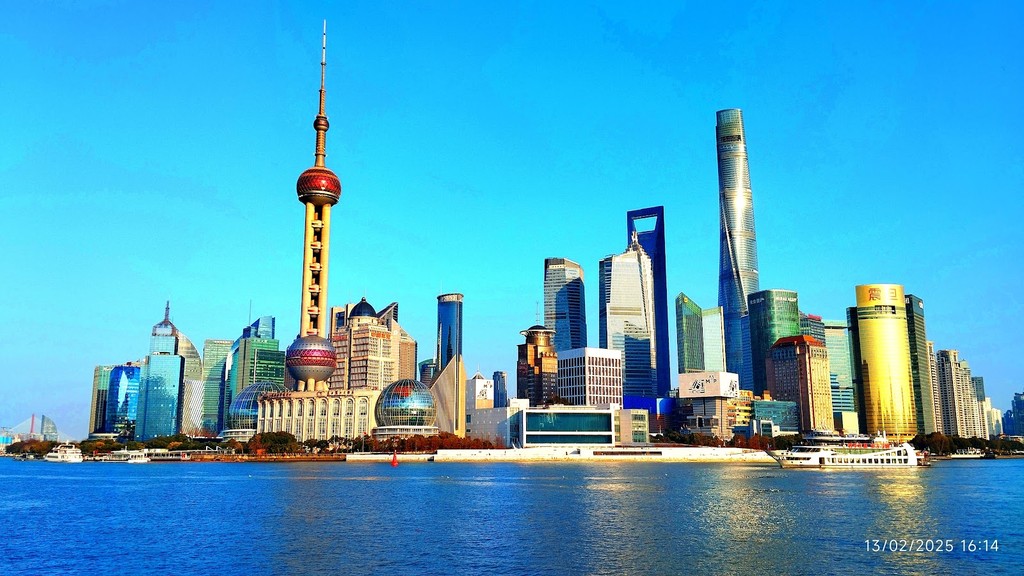
The Bund (Waitan) (Source: Google Maps)
The Bund, a renowned waterfront area in central Shanghai, stretches along the Huangpu River, presenting breathtaking vistas of the city's skyline. This iconic promenade is lined with a series of architectural marvels that date back to the early 20th century, showcasing a diverse range of European styles including Gothic, Baroque, and Art Deco. Originally developed in the 1840s as a trading hub, the Bund has evolved into a symbol of Shanghai's economic growth and cosmopolitan nature. Visitors can explore the juxtaposition of historical buildings against the modern skyscrapers of Pudong across the river, creating a stunning visual narrative of the city's rich history and vibrant future.
Peace Hotel
Located on the Bund, the Peace Hotel is a historic building renowned for its Art Deco architecture and cultural significance in Shanghai's history.
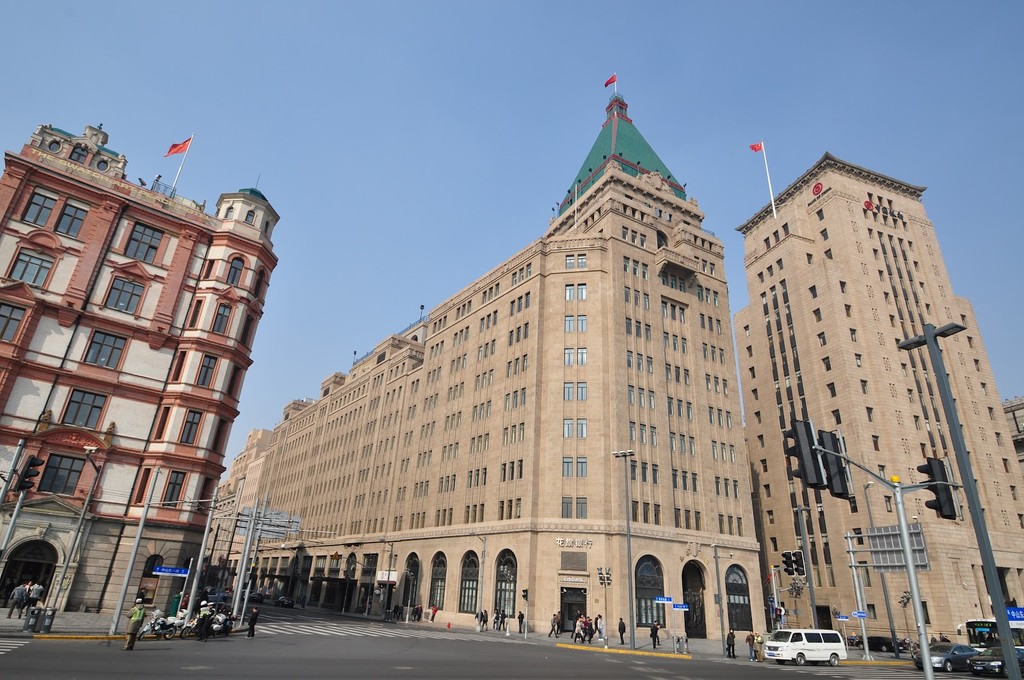
Peace Hotel (Source: Google Maps)
The Peace Hotel, situated on the Bund, is an emblem of Shanghai's storied past. Constructed in the 1920s, this Art Deco masterpiece was once the tallest building in the Far East and remains a significant landmark today. Its opulent design features ornate interiors, a grand lobby, and a famous jazz band that has played there for decades. The hotel has hosted numerous celebrities and dignitaries, making it a cultural icon. The Peace Hotel not only offers guests a glimpse into the luxurious lifestyle of Shanghai's golden age but also serves as a reminder of the city’s historical significance in international trade and diplomacy.
Shanghai Customs House
This iconic building on the Bund, with its famous clock tower, reflects the neoclassical architectural style and is a testament to Shanghai's rich trading history.
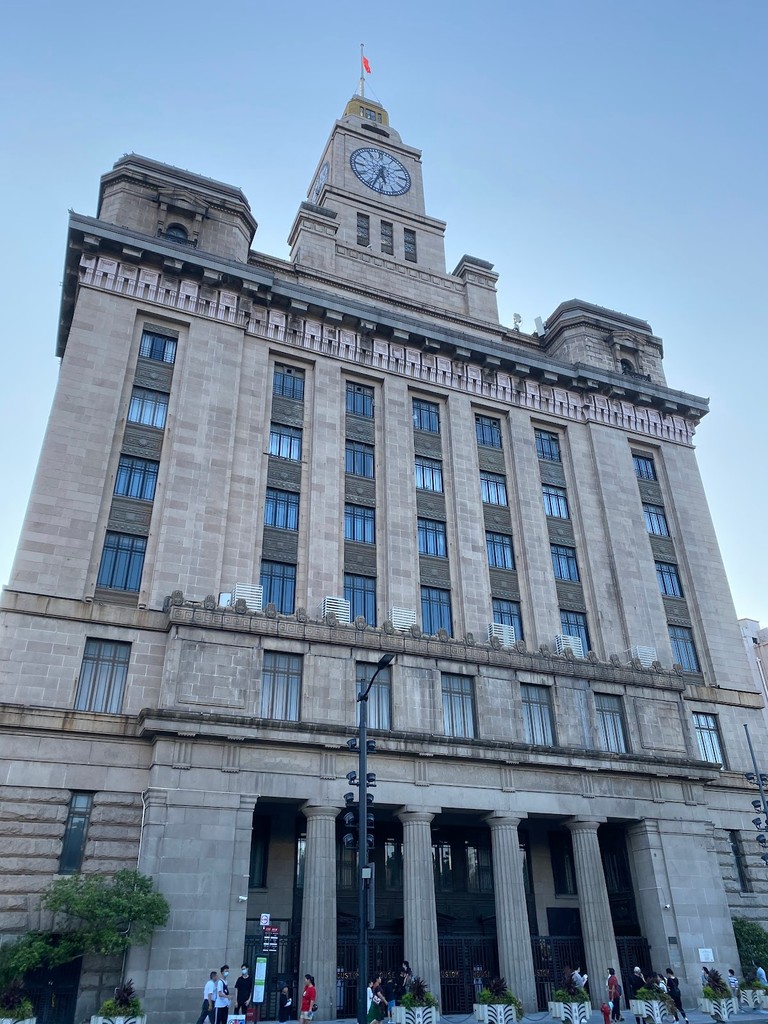
Shanghai Customs House (Source: Google Maps)
The Shanghai Customs House stands as a testament to the city’s rich trading history. Built in the early 20th century, this neoclassical building is easily recognizable by its prominent clock tower, which has become a symbol of the Bund. The Customs House was originally established to oversee the trade activities along the Huangpu River, playing a crucial role in Shanghai's development as a major trading port. Its architectural design features classical elements, including grand columns and intricate detailing, reflecting the influence of Western styles during that era. Today, the building serves as a reminder of Shanghai's pivotal role in global commerce and its architectural evolution.
Yuyuan Garden
A classical Chinese garden dating back to the Ming Dynasty, Yuyuan Garden offers a peaceful retreat with traditional pavilions, rockeries, and ponds.
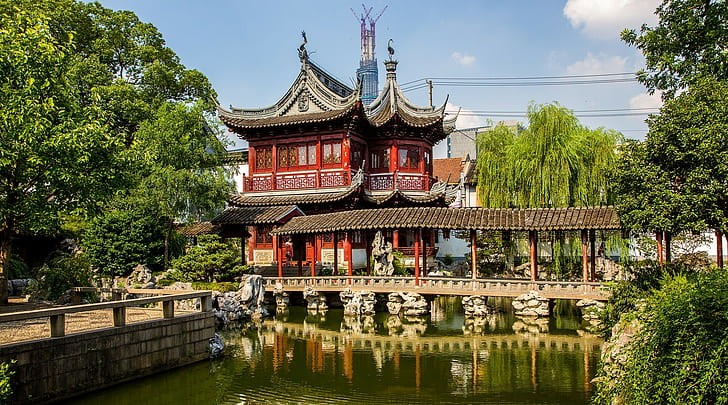
Yuyuan Garden (Source: Google Maps)
Yuyuan Garden, a classical Chinese garden dating back to the Ming Dynasty, is a stunning example of traditional Chinese landscaping. Spanning over five acres, the garden is a peaceful oasis in the bustling city, featuring beautiful pavilions, winding paths, rockeries, and tranquil ponds. Each section of the garden is meticulously designed to create a harmonious balance between nature and architecture, embodying the principles of feng shui. The garden was originally built as a private retreat for a wealthy official and has since become a popular tourist destination, showcasing the beauty of Chinese horticulture and design. Visitors can immerse themselves in its serene environment while exploring the rich history that envelops this cultural gem.
City God Temple of Shanghai
Adjacent to Yuyuan Garden, this Taoist temple is an important cultural site that provides insight into local religious practices and traditional architecture.
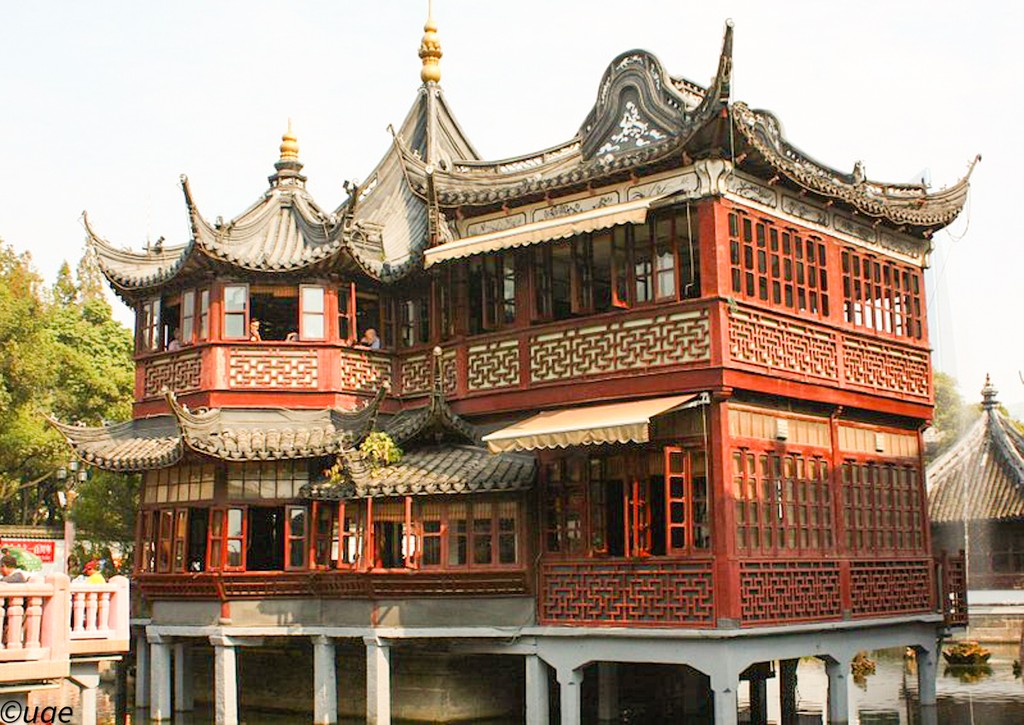
City God Temple of Shanghai (Source: Google Maps)
Adjacent to Yuyuan Garden, the City God Temple of Shanghai is a significant Taoist temple that reflects the spiritual and cultural heritage of the city. Originally built in the 15th century, the temple has undergone several renovations and expansions, making it a prominent site for local religious practices. The architectural style of the temple features intricate carvings, vibrant colors, and traditional Chinese roofing, creating an inviting atmosphere for worshippers and visitors alike. The temple complex houses various deities and is a center for festivals and ceremonies, offering insight into the local customs and beliefs. Its surroundings are bustling with shops and food stalls, providing a lively experience that showcases the essence of Shanghai's cultural vibrancy.
Old Street (Fangbang Zhong Lu)
A historic street lined with traditional Chinese architecture, Old Street offers a glimpse into Shanghai's past with shops selling traditional crafts and snacks.
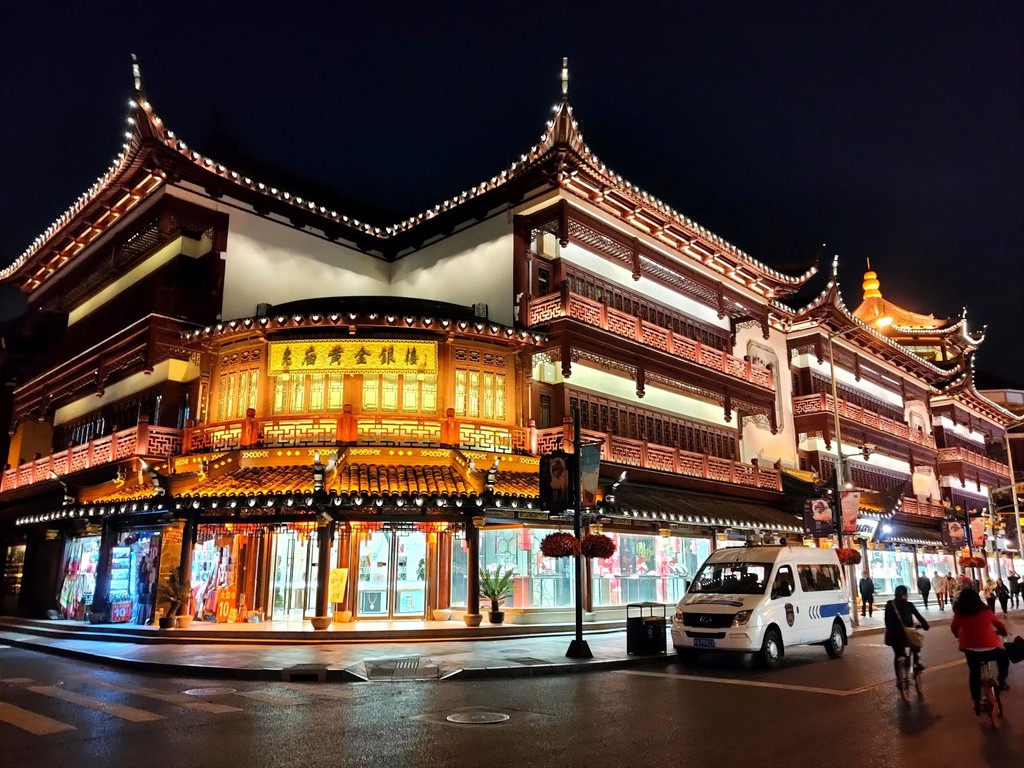
Old Street (Fangbang Zhong Lu) (Source: Google Maps)
Old Street, or Fangbang Zhong Lu, is a historic thoroughfare in Shanghai that offers a glimpse into the city’s past. Lined with traditional Chinese architecture, the street is renowned for its vibrant atmosphere and bustling markets. Visitors can wander through narrow alleyways, exploring shops that sell traditional crafts, snacks, and souvenirs, reflecting the rich cultural heritage of the area. The architecture along Old Street features classic elements such as wooden beams and tiled roofs, reminiscent of the Ming and Qing dynasties. This area not only serves as a reminder of Shanghai’s historical roots but also as a lively hub where locals and tourists converge to experience the city's culinary delights and cultural offerings.
Nanxiang Steamed Bun Restaurant
Located near the Yuyuan Garden, this establishment is famous for its xiaolongbao, offering a taste of traditional Shanghai cuisine.

Nanxiang Steamed Bun Restaurant (Source: Google Maps)
Shikumen Open House Museum
This museum provides a look into the traditional Shikumen architecture, a unique blend of Chinese and Western elements, typical of old Shanghai residential buildings.
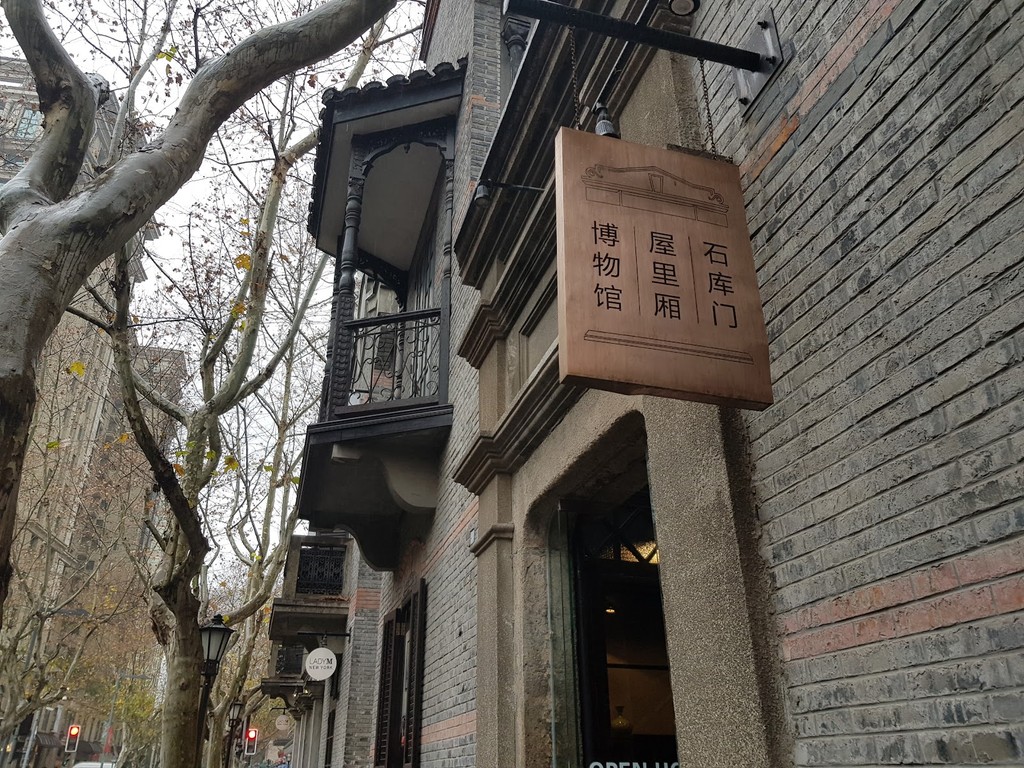
Shikumen Open House Museum (Source: Google Maps)
The Shikumen Open House Museum provides a fascinating insight into the unique architectural style known as Shikumen, which blends traditional Chinese and Western elements. Originating in the late 19th century, these stone-gated houses became a defining feature of Shanghai’s residential neighborhoods. The museum showcases several restored Shikumen houses, offering visitors a chance to explore the typical layout and design of these homes, which were often inhabited by multiple families. The architecture reflects the social dynamics of the time, with communal spaces and private quarters coexisting harmoniously. Through exhibits and guided tours, the museum highlights the cultural significance of Shikumen homes in Shanghai’s urban history and their role in shaping the city’s identity.
Tianzifang
A vibrant arts and crafts enclave in the French Concession area, Tianzifang is known for its narrow alleyways, art studios, and quaint cafes.
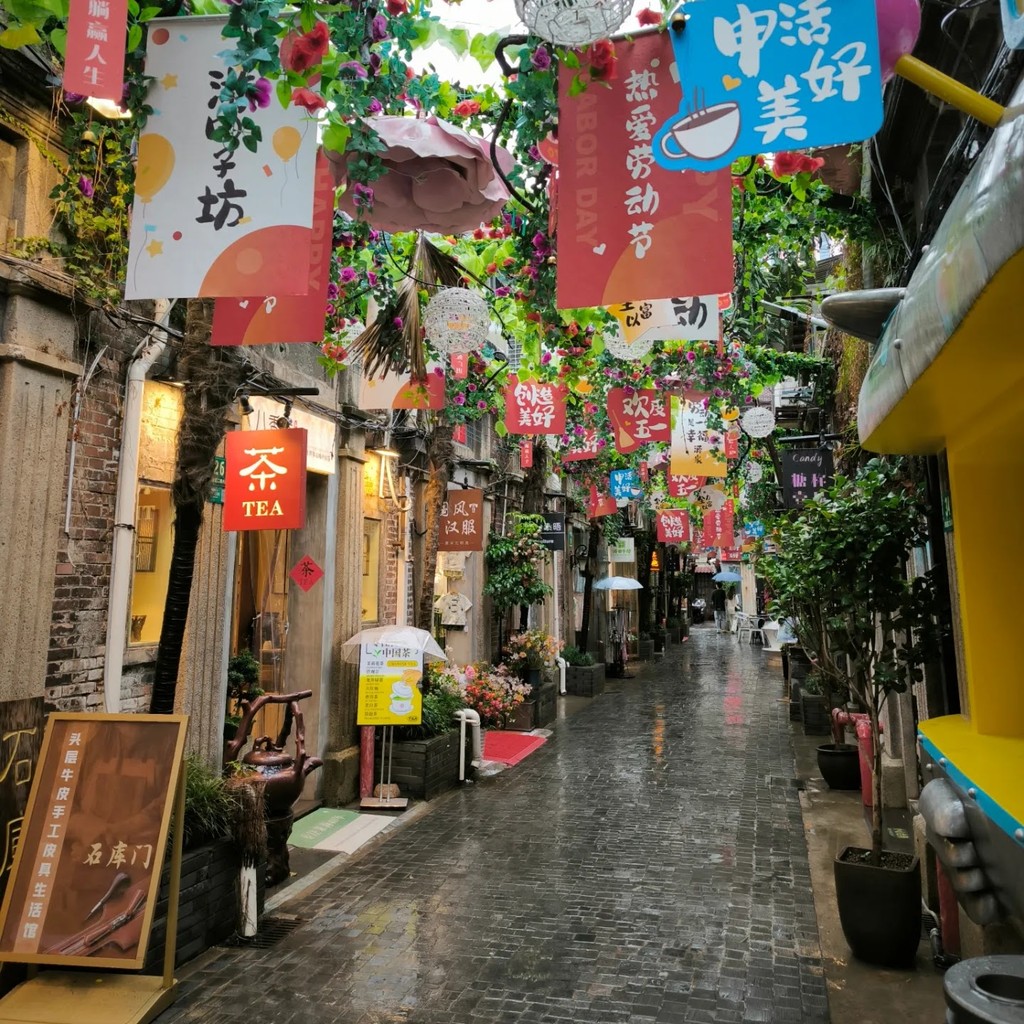
Tianzifang (Source: Google Maps)
Tianzifang is a vibrant arts and crafts enclave located in the French Concession area of Shanghai. This unique district is known for its narrow alleyways, charming boutiques, art studios, and quaint cafes, all housed within traditional Shikumen buildings. Originally a residential area, Tianzifang has transformed into a creative hub that attracts artists, designers, and tourists alike. Visitors can explore a variety of shops selling handmade crafts, contemporary art, and unique souvenirs, while enjoying the lively atmosphere filled with street art and performances. The area's rich cultural heritage is preserved through its architecture and community spirit, making it a must-visit destination for those seeking to experience the artistic side of Shanghai.

Your travels, your rules.
Create your own Free Walking Tours.
Set your preferences, distances and anything you want to do or see.
Completely free, no payment required.